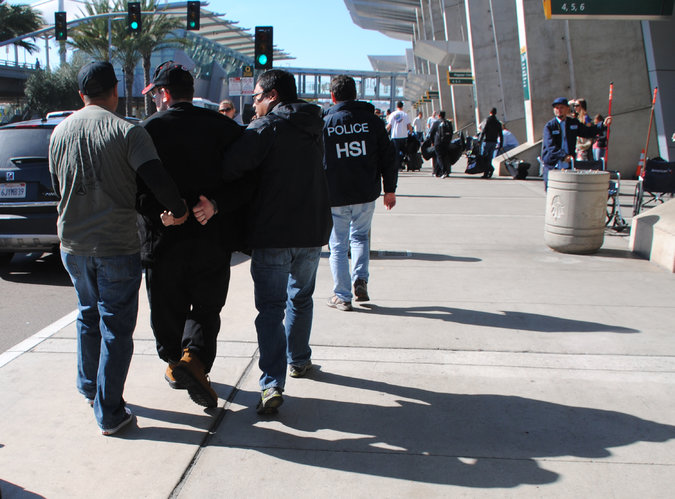You asked. I listened. And for a short time, the result is FREE. Parents of teens and tweens have special concerns about their children’s safety. They came to me in droves asking me to create a stand-alone book—a book that only talks about the issues that older children and their parents face. The Well-Armored Teen:…Continue reading Keeping your teen safer from abuse has never been easier




